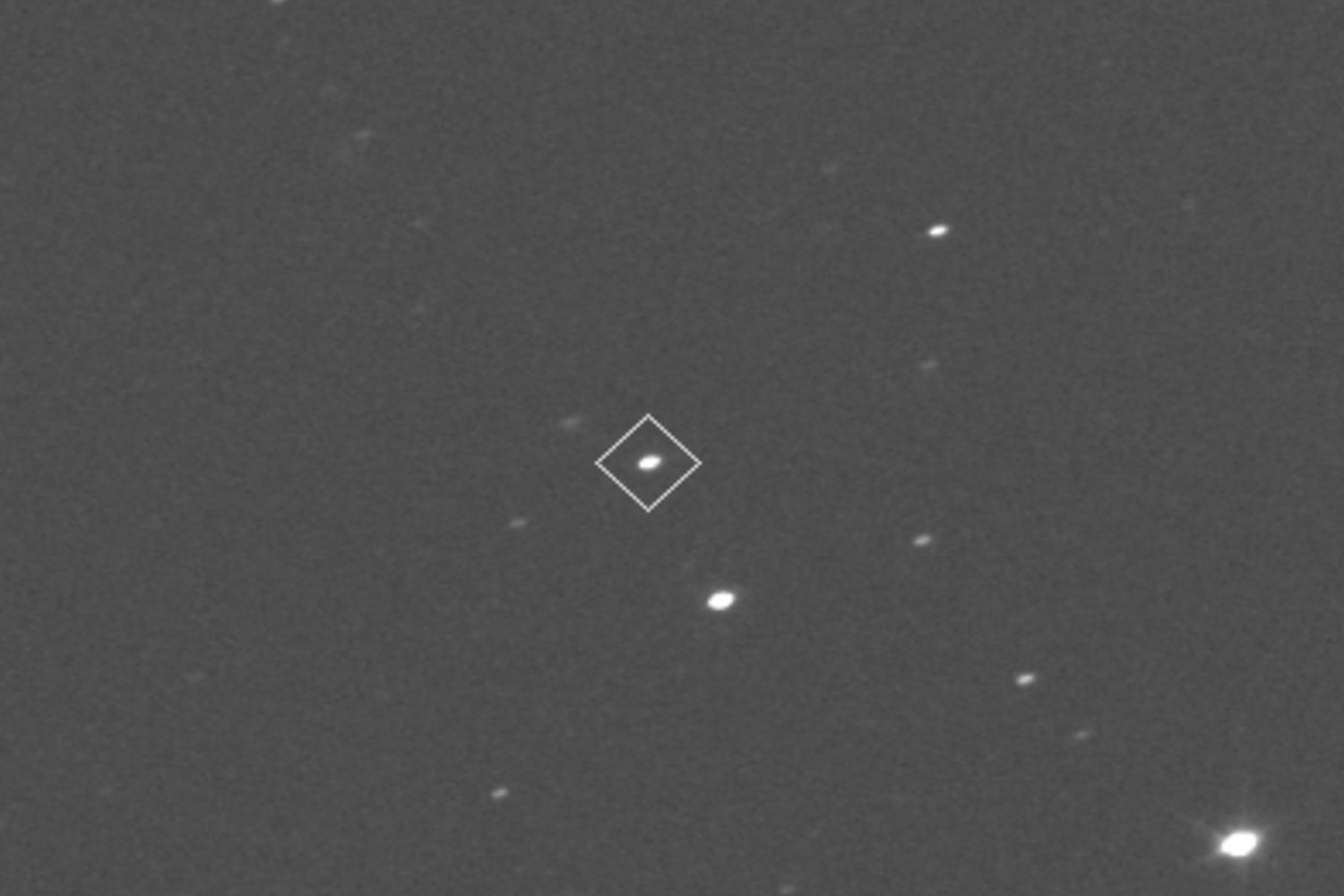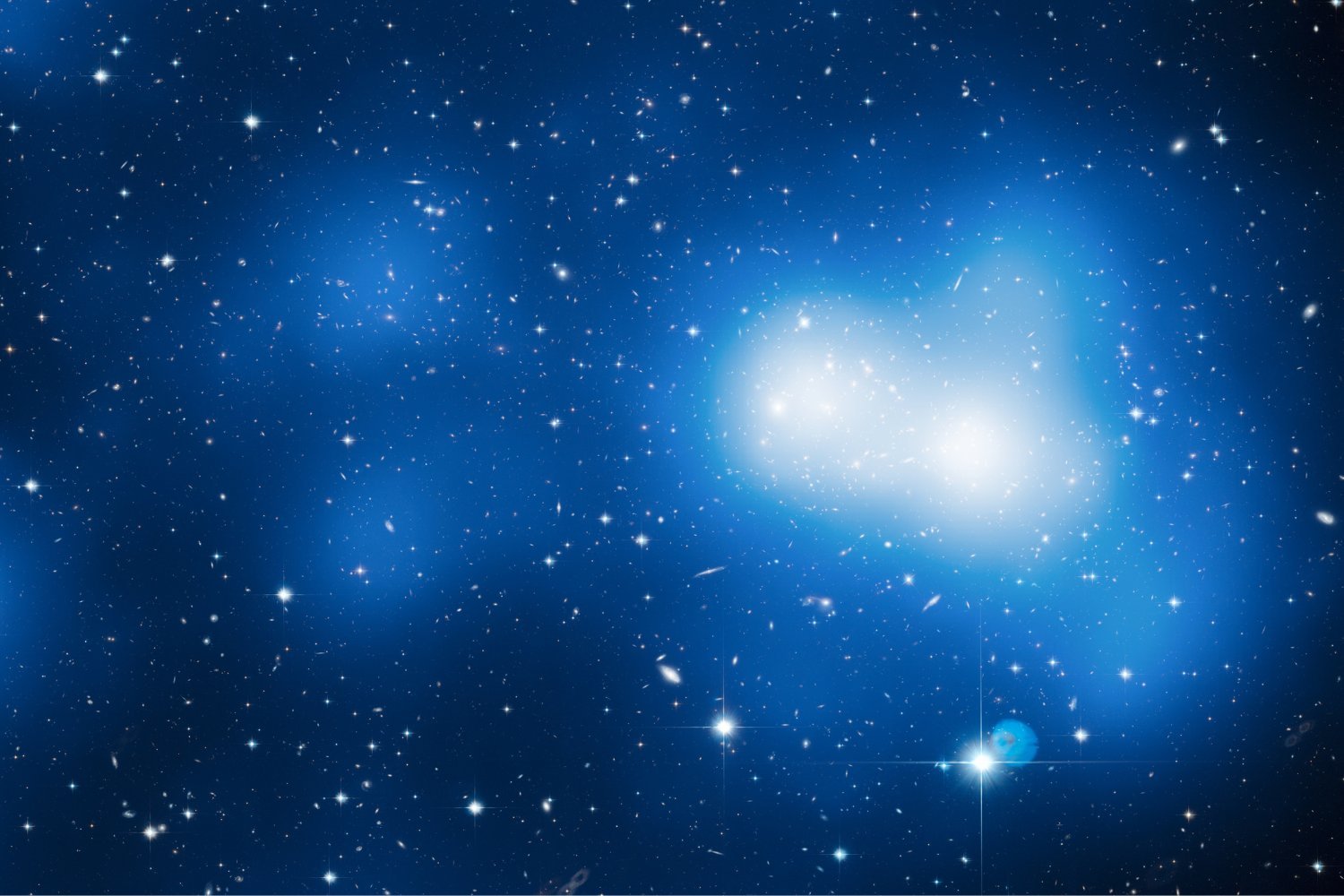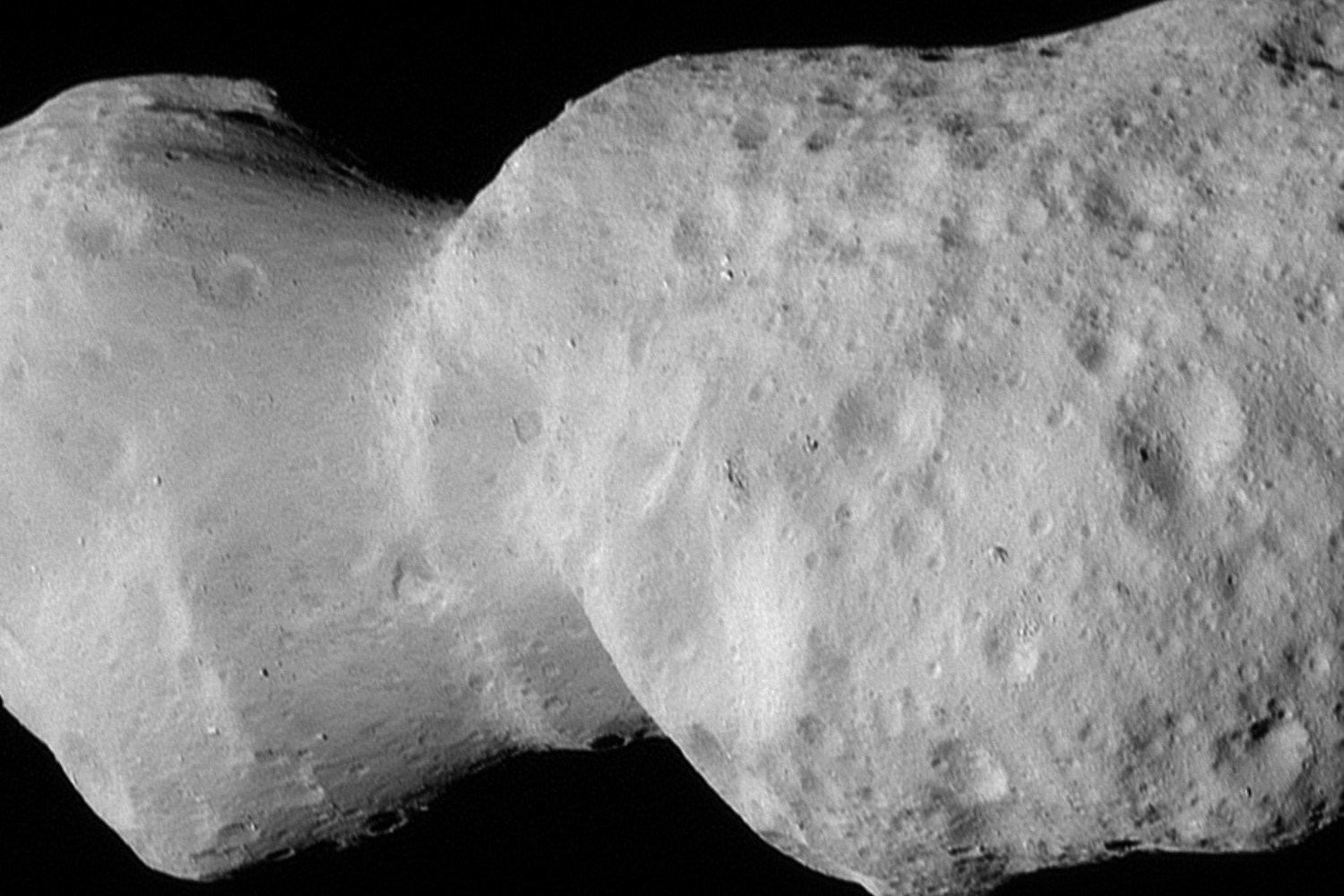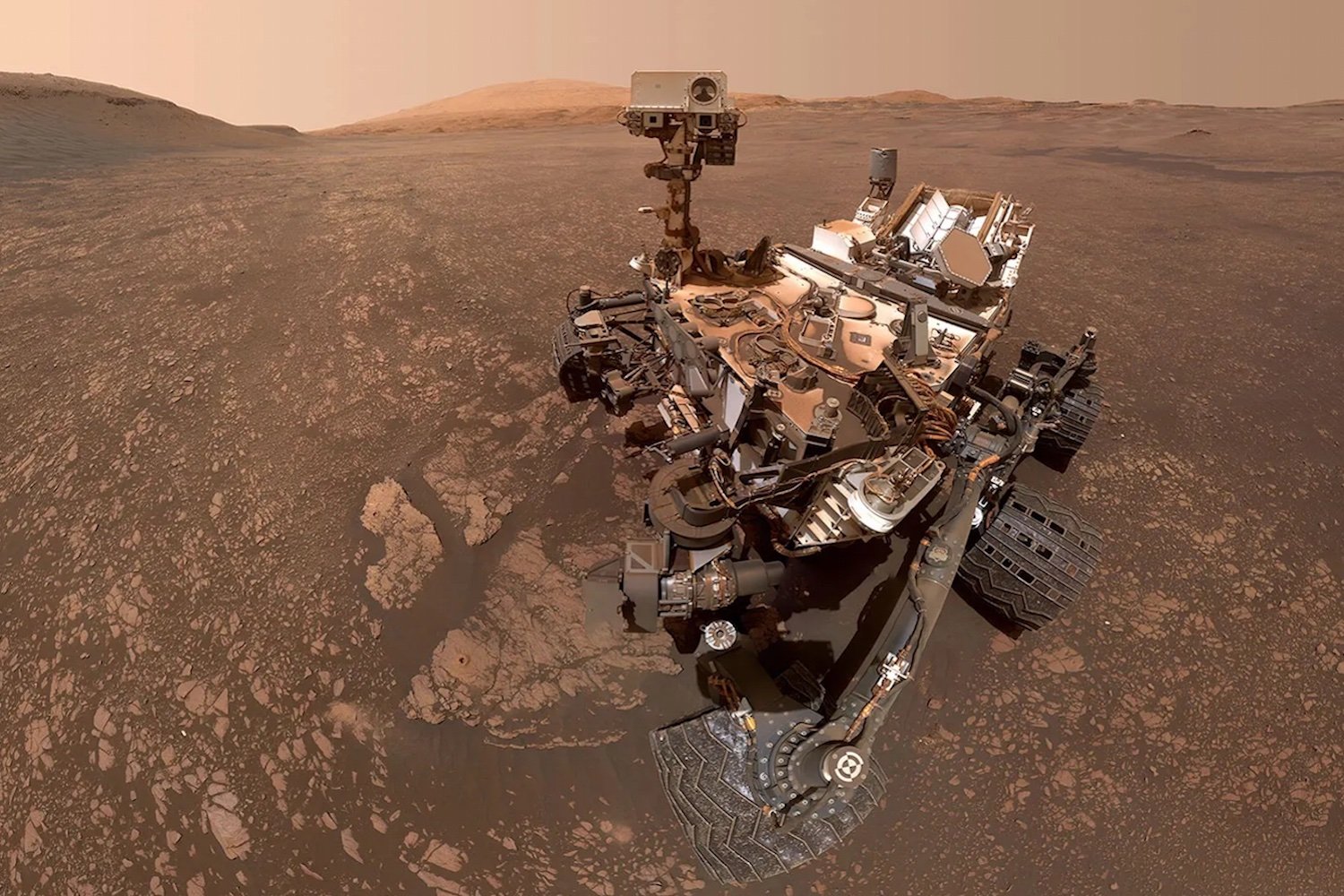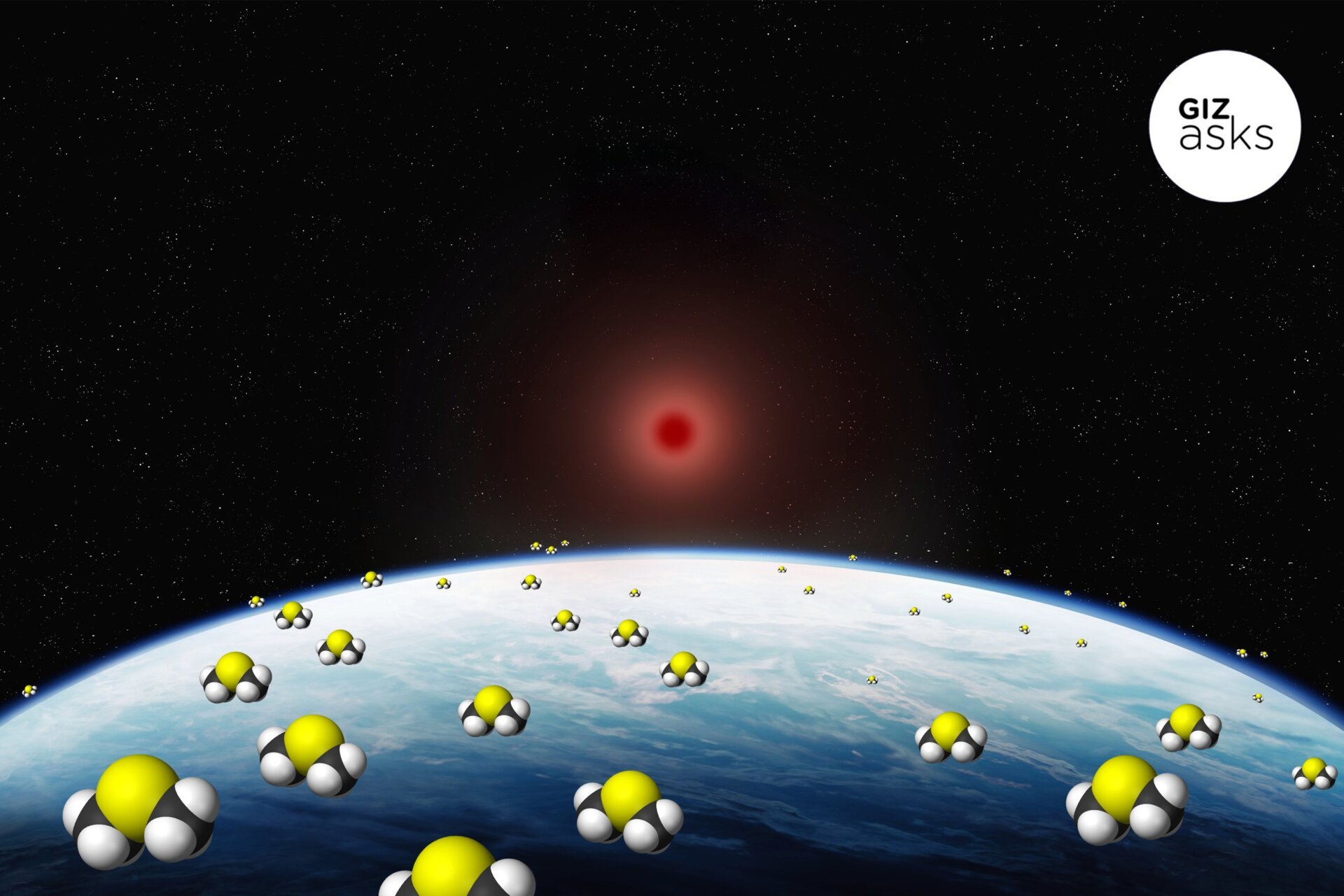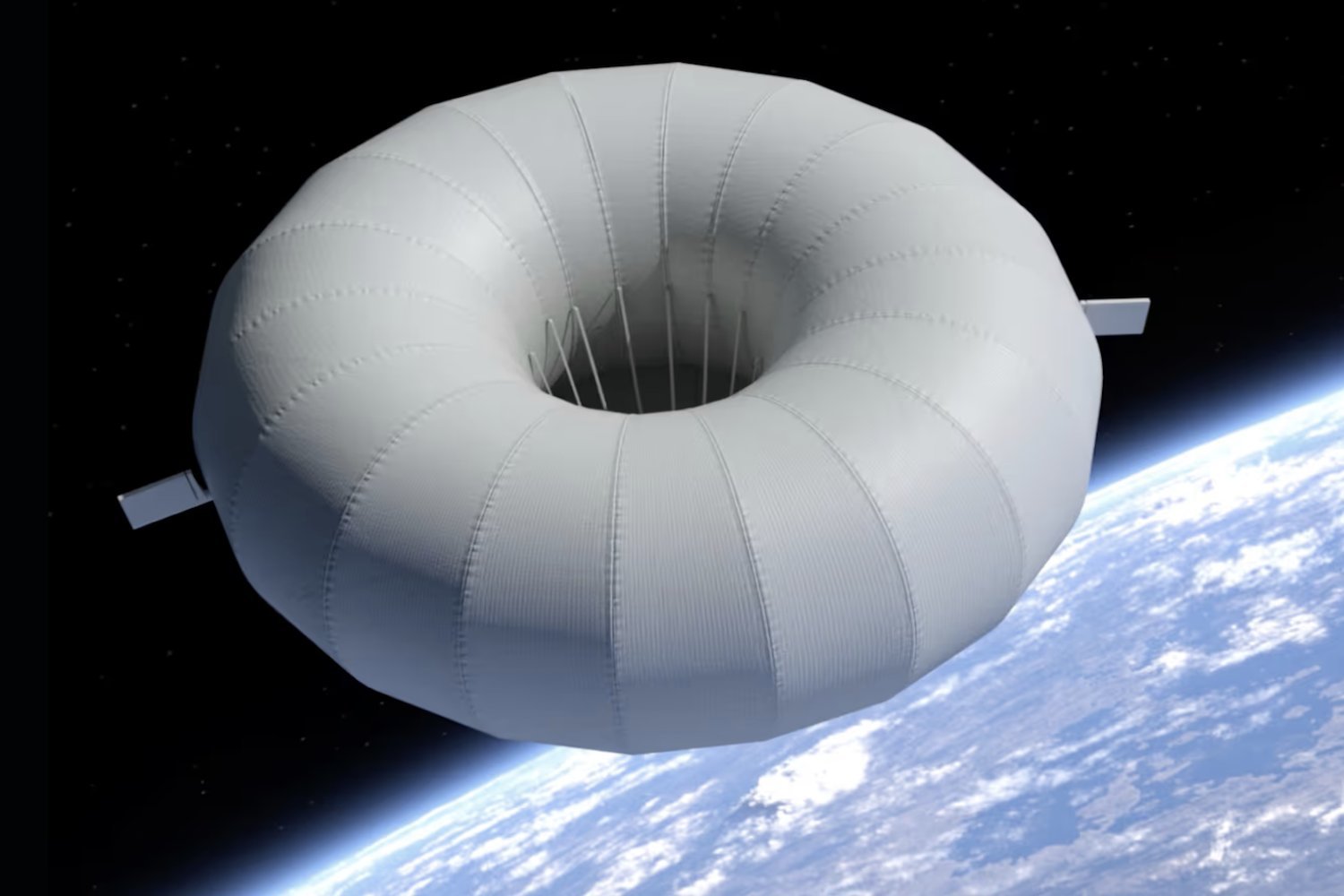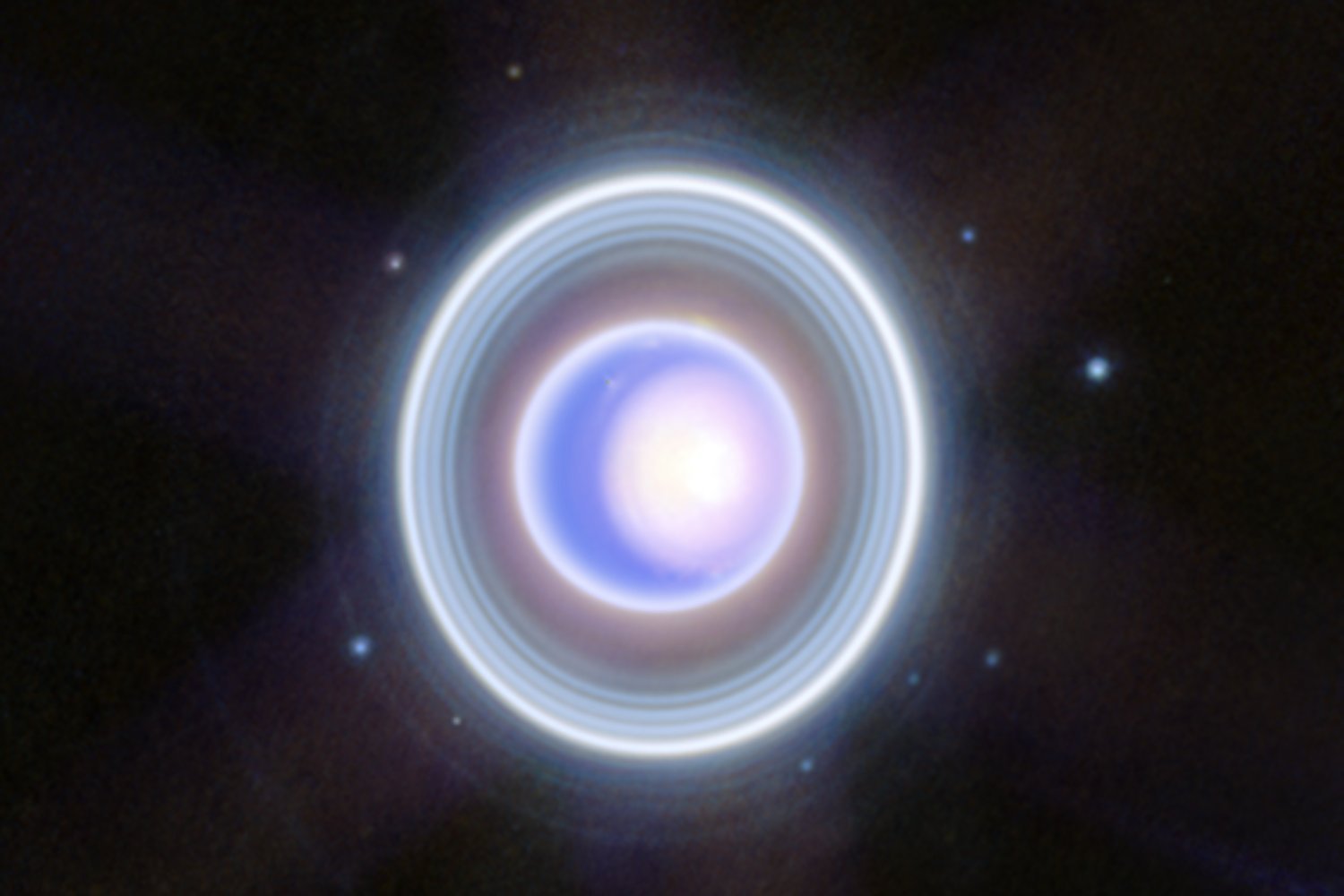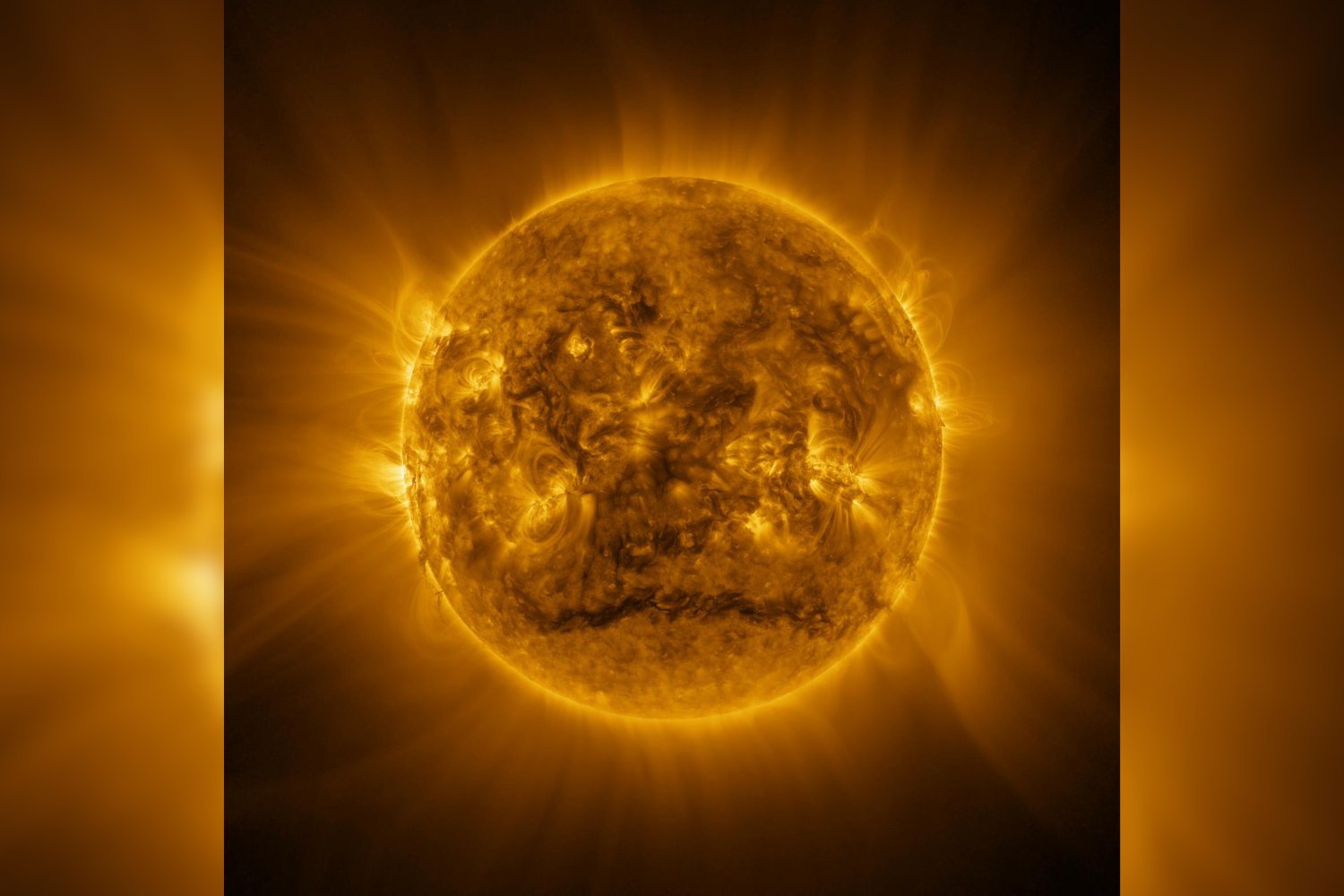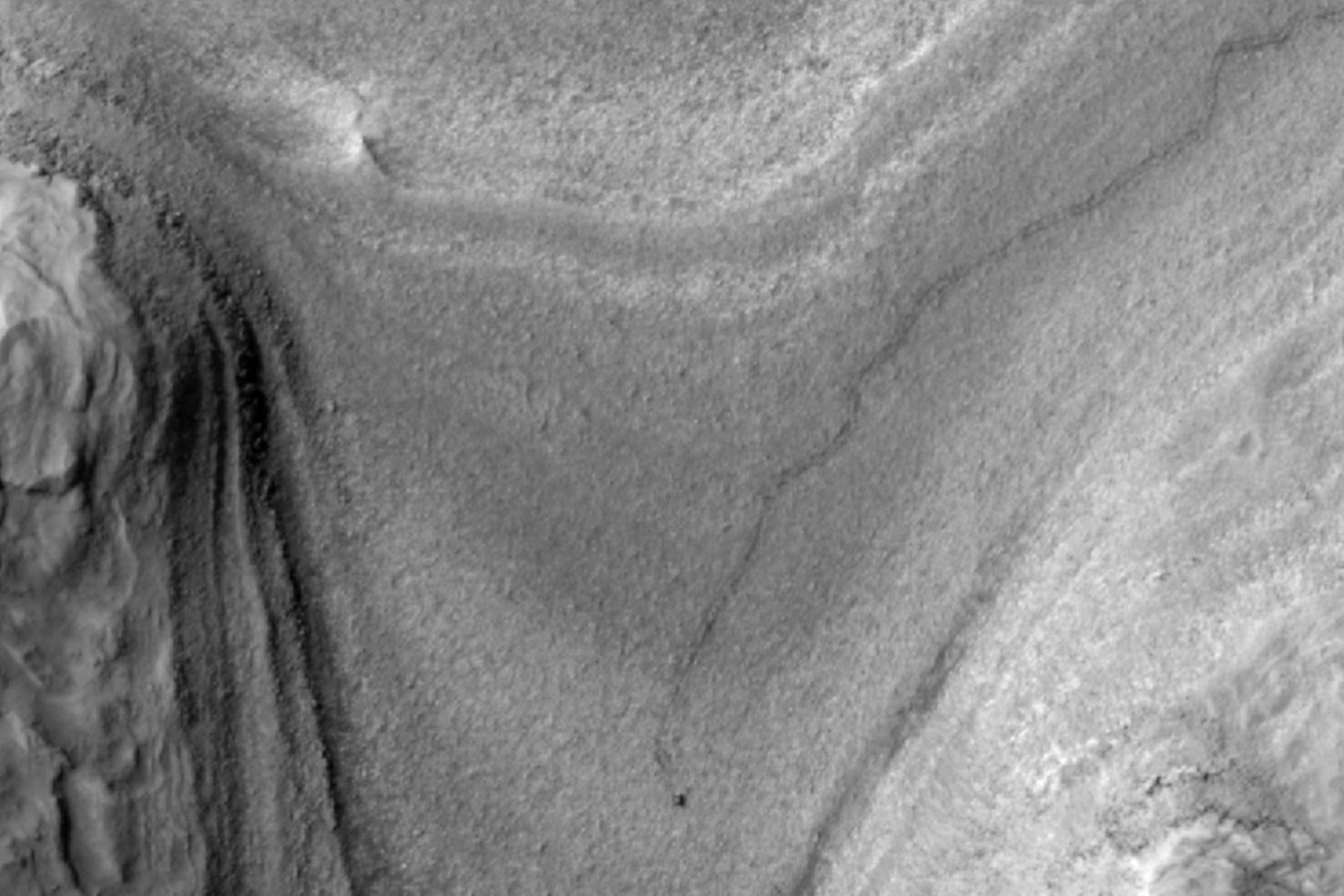NASA’s Lucy mission, a 12-year journey to explore Jupiter’s Trojan asteroids, is gearing up for a critical test. On April 20, 2024, at 1:51 p.m. ET, the Lucy spacecraft will execute a close flyby of the main belt asteroid Donaldjohanson, coming within a mere 596 miles (960 kilometers). This encounter, while not part of Lucy’s primary Trojan asteroid objective, serves as a vital “dress rehearsal” for the mission’s main event, according to NASA.
Lucy began tracking Donaldjohanson in February 2024, allowing the mission team to refine the spacecraft’s trajectory for the upcoming flyby. Donaldjohanson, named after the discoverer of the Lucy hominid fossil, is a small, carbonaceous asteroid, roughly 2.5 miles (4 kilometers) wide. Believed to be a fragment from a relatively recent collision (around 150 million years ago), it represents one of the youngest main belt asteroids ever studied up close. This flyby provides a unique opportunity to test Lucy’s instruments and operational procedures before its arrival at the Trojan asteroids.
Testing Lucy’s Systems and Instruments
Approximately 30 minutes before its closest approach, Lucy will autonomously orient itself to track Donaldjohanson. During this crucial period, communication with Earth will be temporarily suspended as the spacecraft’s high-gain antenna turns away from our planet. Lucy will rely on its onboard terminal tracking system to keep the asteroid in view. This autonomous operation is a critical test for the spacecraft’s ability to perform complex maneuvers without direct ground control. Lucy will utilize all three of its science instruments to collect data during the flyby, mirroring the observational sequences planned for the Trojan asteroid encounters.
Protecting Sensitive Instruments
A unique challenge during the flyby involves protecting Lucy’s sensitive instruments from the intense glare of the Sun. Around 40 seconds before closest approach, tracking will be temporarily halted to shield the instruments from direct sunlight. This precaution is necessary because the instruments are designed for low-light conditions, and direct exposure to the Sun could cause damage. The same procedure will be repeated after closest approach as the spacecraft moves away from the asteroid and back into the sunlight.
Data Transmission and Delay
Following the flyby, Lucy will reorient its solar arrays towards the Sun and re-establish communication with Earth. The transmission of the collected data, however, will be a gradual process due to the vast distance between the spacecraft and Earth. The signal travel time, approximately 12.5 light-minutes each way, adds a significant delay to communication. It will take several days for the complete dataset to be received and processed by the mission team.
From Dinkinesh to the Trojans
Lucy’s journey began in October 2021. The spacecraft successfully completed its first asteroid flyby in November 2023, encountering the main belt asteroid Dinkinesh. This initial encounter yielded a surprising discovery: Dinkinesh turned out to be a binary pair, with a small satellite orbiting the larger asteroid.
Lucy’s primary mission objective is the exploration of the Trojan asteroids, a population of rocky bodies that share Jupiter’s orbit around the Sun. Beginning in 2027, Lucy will visit Eurybates and its binary partner Queta, followed by Polymele and its partner, Leucus, Orus, and finally the binary pair Patroclus and Menoetius. Each asteroid encounter promises to provide valuable insights into the early solar system. The Donaldjohanson flyby is a critical step in preparing Lucy for these groundbreaking observations.
Unraveling the History of Our Solar System
The study of asteroids like Donaldjohanson contributes significantly to our understanding of the solar system’s formation and evolution. Each asteroid holds unique clues about the early solar system, and these combined stories help piece together a comprehensive narrative of our cosmic neighborhood. The Donaldjohanson flyby, while a test run, has the potential to reveal unexpected insights and further enhance our understanding of these ancient celestial bodies.



